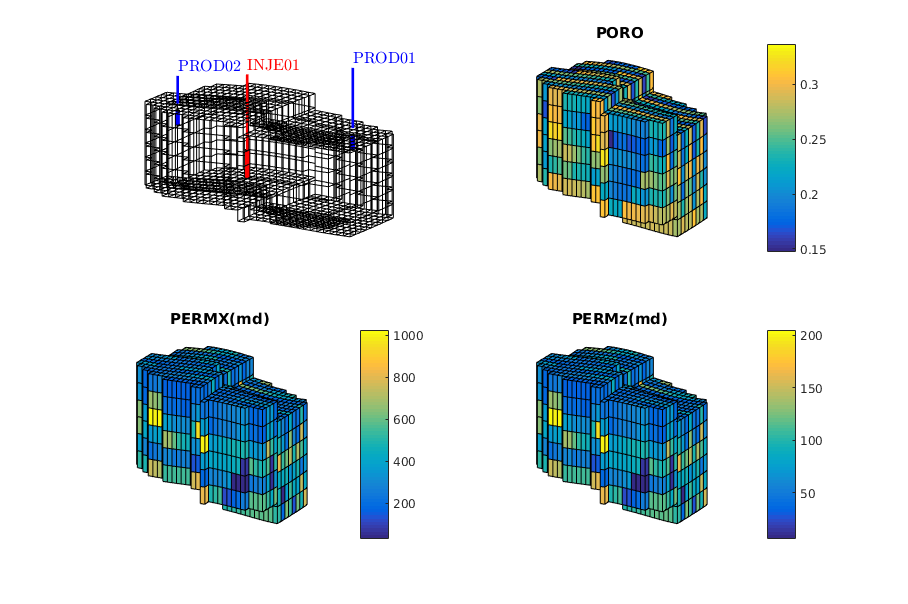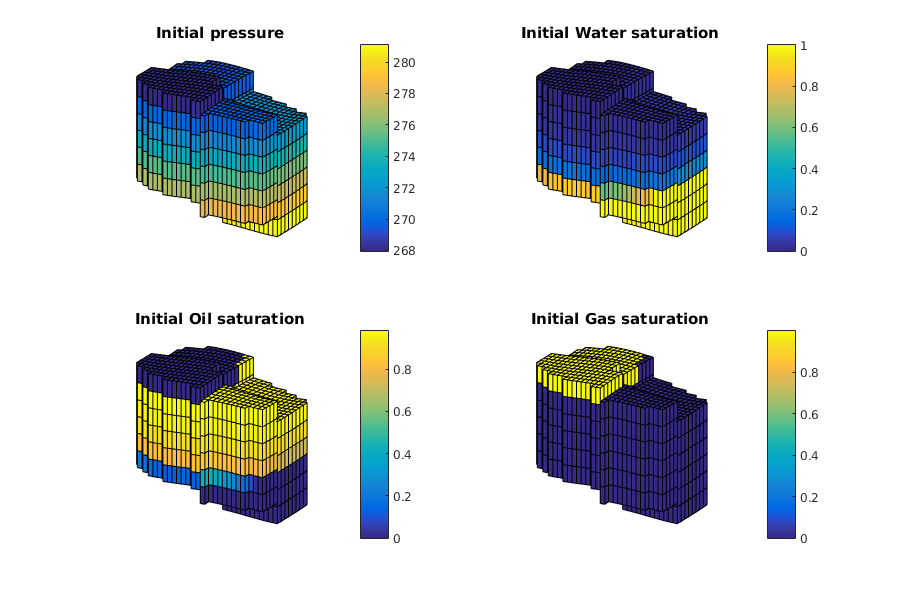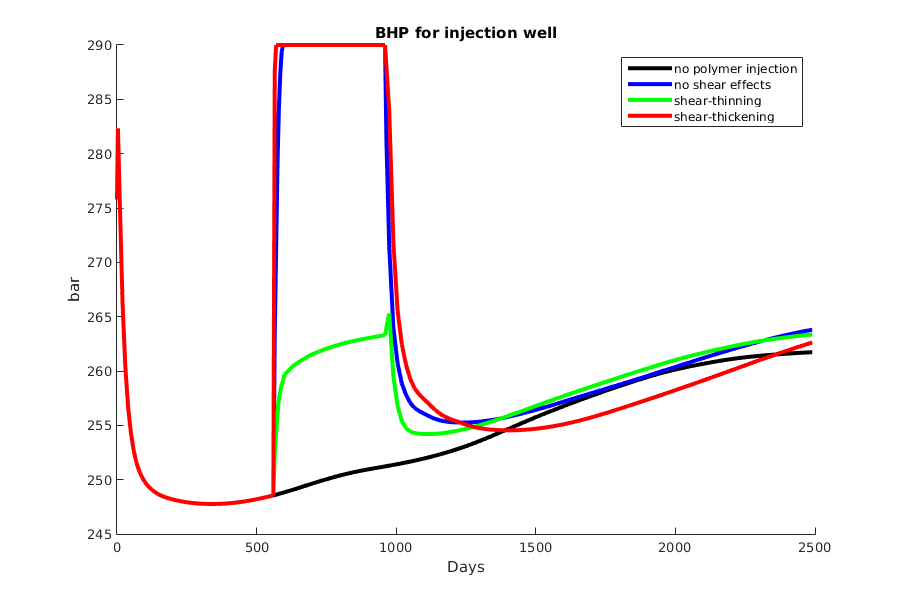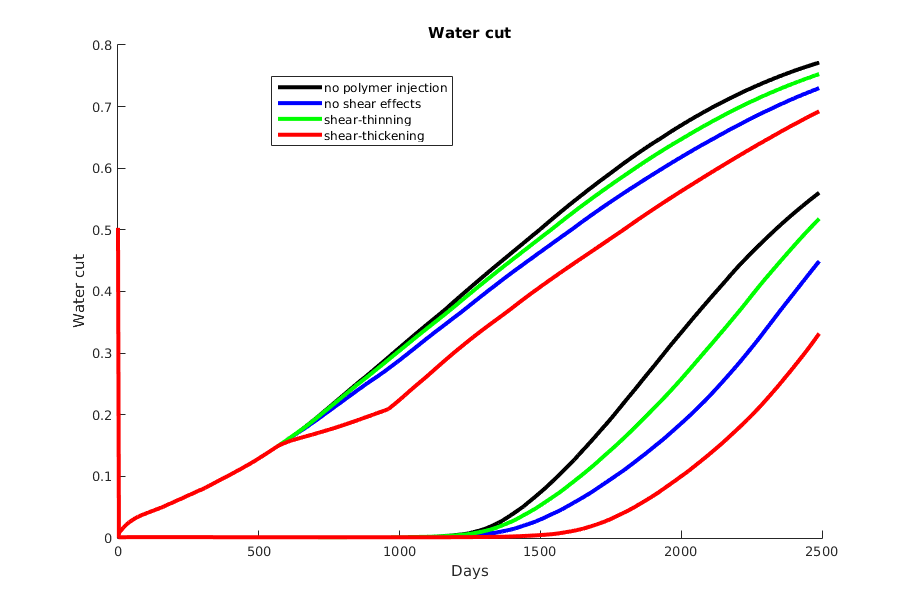Dear OPM community,
The Open Porous Media project is glad to announce that version 2017.04 of the OPM suite of simulation software has been released! Installation instructions can found on our download page.
Certainly the most significant change of this release is the introduction of the “flow_ebos” simulator. Compared to the previous “flow” simulators, “flow_ebos” uses a different approach to linearize the non-linear system of partial differential equations and as a result exhibits significantly better performance. The new simulator is intended to eventually fully replace the current family of “flow” simulators (i.e., “flow”, “flow_mpi”, “flow_solvent”, “flow_polymer”, etc.) and should already provide a proper superset of the capabilities of the “flow” simulator of previous OPM releases. For this reason, the name “flow” has been made an alias for “flow_ebos” in OPM 2017.04. If, for some reason, the previous “flow” simulator must be used, it is still shipped under the name “flow_legacy”, but we strongly encourage you to send us bug reports if you encounter any case that can be simulated using “flow_legacy” but not using “flow_ebos”.
Besides the introduction of “flow_ebos”, plenty unit tests have been added, a plethora of bugs has been fixed, well handling has been considerably improved and now supports e.g. top-hole pressure controls and vertical flow performance tables, ECL output and restart capabilities have been made much more comprehensive, and all grid related functionality of opm-core has been moved to the opm-grid module in preparation of the former module’s eventual retirement. In addition, a Docker container has been uploaded to Docker Hub to ease deployment for people who are into container technologies.
Last but not least, I would like to thank everyone who contributed to making the many changes of this release happen so smoothly. It has been a pleasure to work with you!
Have fun!
Andreas Lauser




